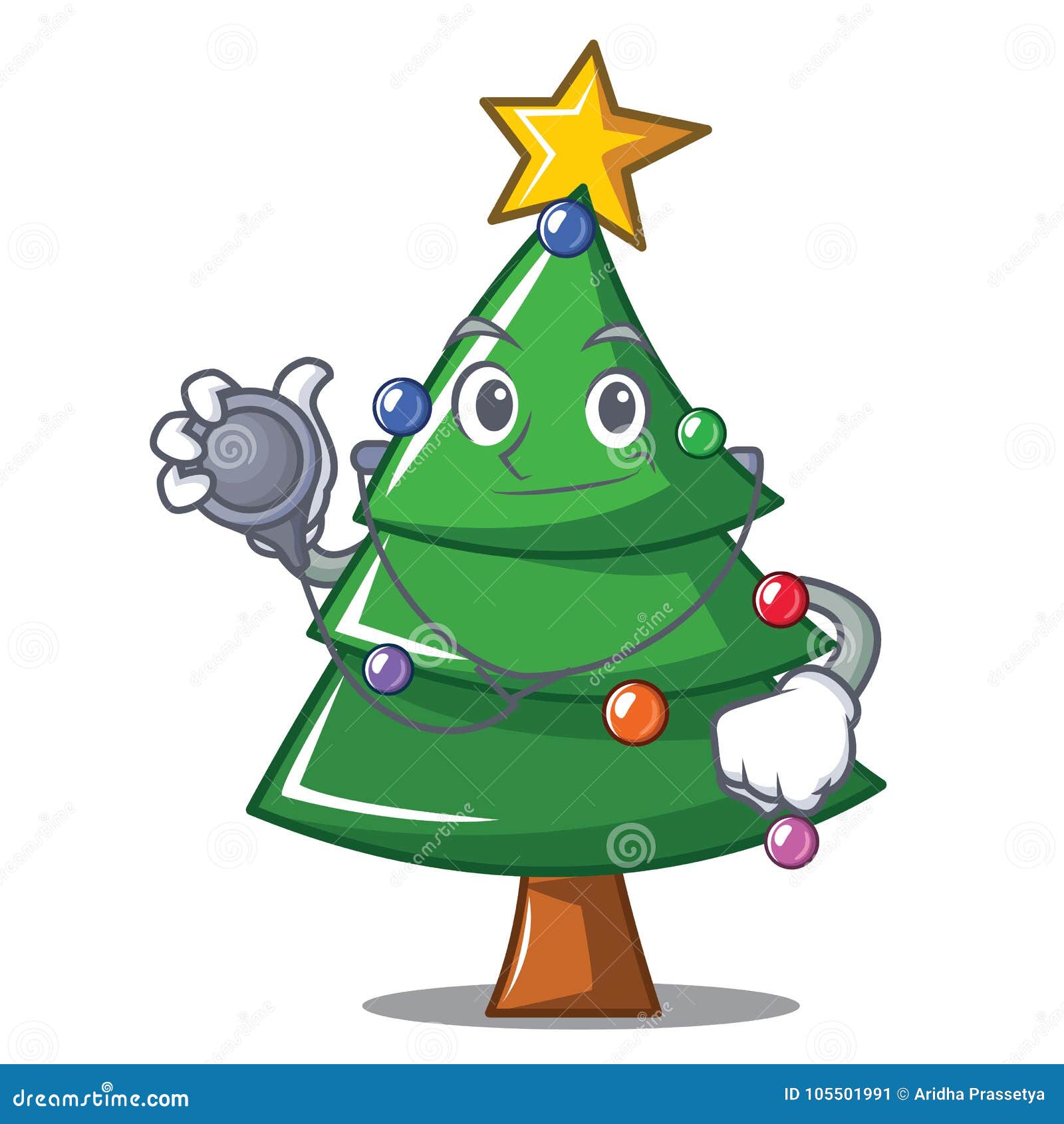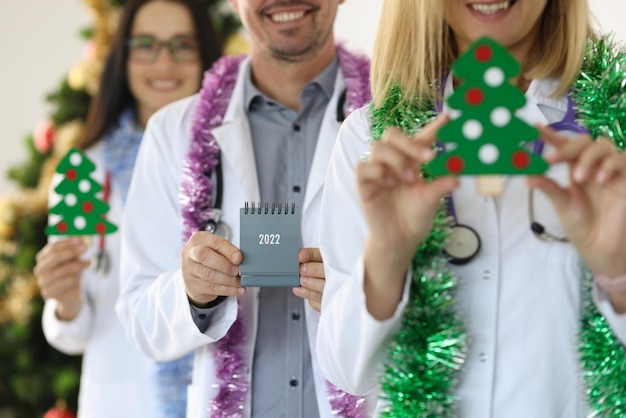
As the holiday season approaches, many of us are eager to decorate our homes with festive lights, ornaments, and of course, a beautiful Christmas tree. However, with the joy of having a live Christmas tree comes the responsibility of keeping it healthy and thriving throughout the season. This is where a Christmas tree doctor comes in – an expert who can diagnose and treat any issues that may arise with your tree. In this article, we'll explore five ways to be a Christmas tree doctor and keep your tree looking its best.
The Importance of Tree Care
Before we dive into the ways to be a Christmas tree doctor, it's essential to understand the importance of tree care. A well-cared-for Christmas tree can last for several weeks, providing a beautiful centerpiece for your holiday decorations. On the other hand, a neglected tree can quickly become dry, brittle, and even a fire hazard. By learning how to properly care for your Christmas tree, you can ensure a safe and enjoyable holiday season.
1. Choose the Right Tree

The first step in being a Christmas tree doctor is to choose the right tree. With so many varieties to choose from, it's essential to select a tree that is well-suited to your climate and care abilities. Some popular varieties include Fraser Fir, Douglas Fir, and Blue Spruce. When selecting a tree, look for one with bright green needles, a straight trunk, and a well-shaped canopy.
Types of Christmas Trees
- Fraser Fir: Known for its dark green needles and strong branches, Fraser Firs are a popular choice for Christmas trees.
- Douglas Fir: With its soft needles and full canopy, Douglas Firs are a favorite among Christmas tree enthusiasts.
- Blue Spruce: Characterized by its striking blue-gray needles, Blue Spruces are a unique and beautiful choice for Christmas trees.
2. Water Your Tree Properly

Proper watering is essential for keeping your Christmas tree healthy and thriving. Check the tree's water level daily, and add water as needed. The tree stand should have an adequate water reservoir to prevent the tree from drying out. Aim to provide about 1 quart of water per inch of tree diameter per day.
Watering Tips
- Check the tree's water level daily.
- Add water as needed to prevent the tree from drying out.
- Use a tree stand with an adequate water reservoir.
- Aim to provide about 1 quart of water per inch of tree diameter per day.
3. Monitor Your Tree's Temperature

Temperature is another crucial factor in keeping your Christmas tree healthy. Avoid placing your tree near heating vents, radiators, or fireplaces, as this can cause the tree to dry out quickly. Ideal temperatures for Christmas trees range from 65-70°F (18-21°C) during the day and around 55-60°F (13-15°C) at night.
Temperature Tips
- Avoid placing your tree near heating vents, radiators, or fireplaces.
- Keep your tree away from direct sunlight and heat sources.
- Maintain a consistent temperature between 65-70°F (18-21°C) during the day and around 55-60°F (13-15°C) at night.
4. Inspect Your Tree for Pests

Pests can be a major problem for Christmas trees, causing damage to the tree and potentially spreading disease. Inspect your tree regularly for signs of pests, such as spider mites, mealybugs, and aphids. If you notice any pests, treat the tree with insecticidal soap or neem oil.
Pest Control Tips
- Inspect your tree regularly for signs of pests.
- Treat the tree with insecticidal soap or neem oil if you notice any pests.
- Use a magnifying glass to examine the tree's needles and branches for signs of pests.
5. Provide Proper Lighting

Proper lighting is essential for creating a beautiful and festive holiday display. When choosing lights for your tree, select ones that are energy-efficient and safe. Avoid overloading the tree with too many lights, as this can cause a fire hazard. Use a timer to turn the lights on and off, and avoid leaving them on for extended periods.
Lighting Tips
- Choose energy-efficient and safe lights for your tree.
- Avoid overloading the tree with too many lights.
- Use a timer to turn the lights on and off.
- Avoid leaving the lights on for extended periods.
Gallery of Christmas Tree Decorating Ideas




Q: How often should I water my Christmas tree?
+A: You should check the tree's water level daily and add water as needed. Aim to provide about 1 quart of water per inch of tree diameter per day.
Q: What is the ideal temperature for a Christmas tree?
+A: The ideal temperature for a Christmas tree is between 65-70°F (18-21°C) during the day and around 55-60°F (13-15°C) at night.
Q: How can I prevent pests from infesting my Christmas tree?
+A: You can prevent pests from infesting your Christmas tree by inspecting the tree regularly and treating it with insecticidal soap or neem oil if you notice any pests.
By following these five ways to be a Christmas tree doctor, you can keep your tree healthy and thriving throughout the holiday season. Remember to choose the right tree, water it properly, monitor its temperature, inspect it for pests, and provide proper lighting. With a little care and attention, your Christmas tree will be a beautiful and festive centerpiece for your holiday decorations.











